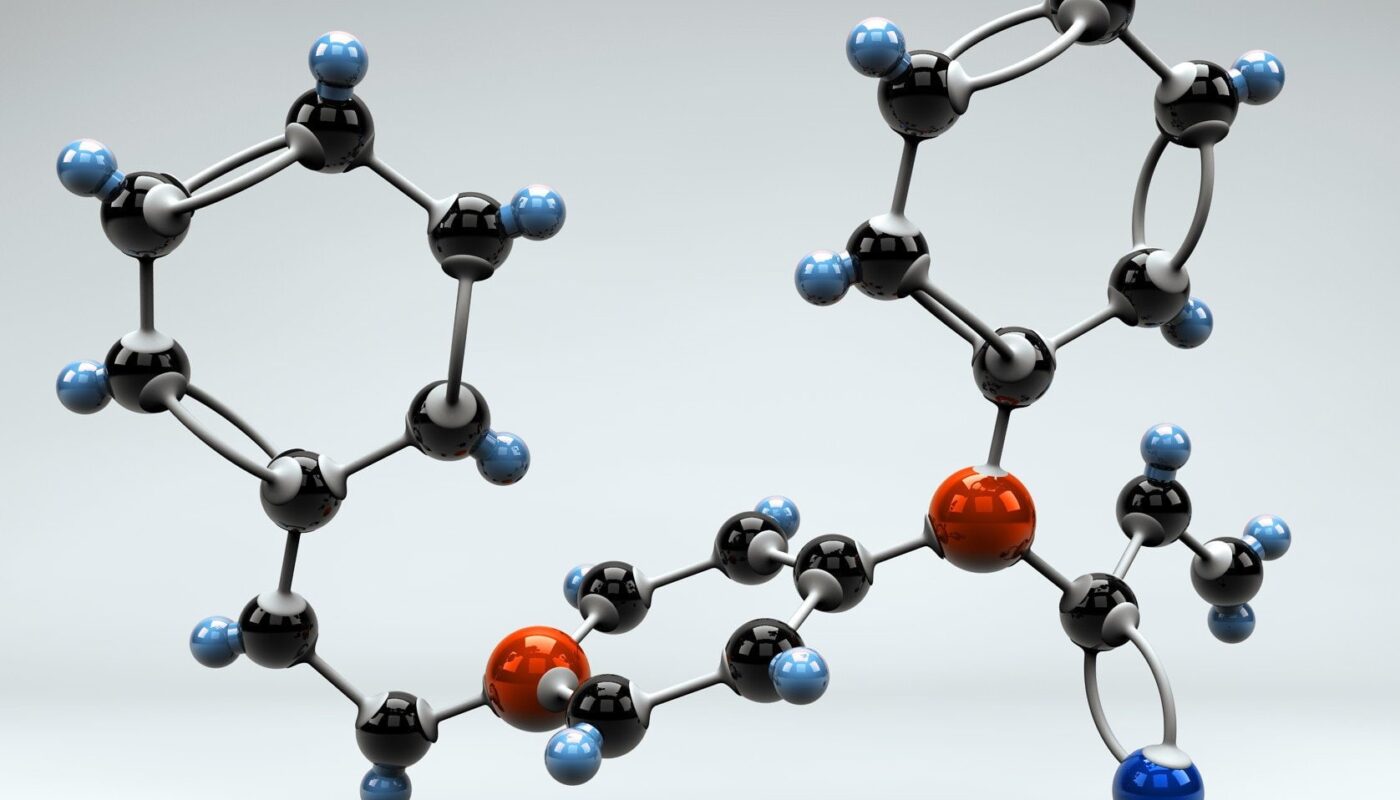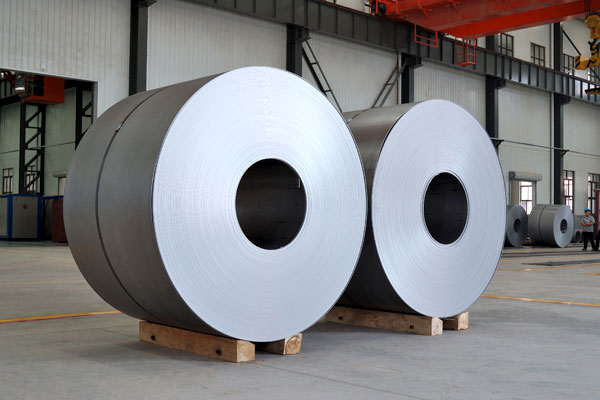Microspheres are tiny spheroid particles that usually have diameters ranging from 1 to 1000 micrometers. They are emerging as a very promising material for various medical applications due to their small size, biocompatibility and ability to encapsulate drugs, cells and genes for controlled and targeted delivery. In this article, we will discuss the characteristics of microspheres, various methods to produce them and explore their current and potential applications in the medical field.
What are Microspheres?
Microspheres refer to small spherical particles that have a remarkably uniform size distribution. They can be made from a variety of materials like polymers, ceramics, glass or composites with the specific material used depending on the intended application. Some key characteristics of microspheres include:
– Size: As mentioned earlier, microspheres range from 1 to 1000 micrometers in diameter. Their small size allows them to easily interact and integrate with biological systems.
– Surface properties: The surface of microspheres can be modified through coating or surface functionalization to alter properties like hydrophobicity, hydrophilicity, charge and biocompatibility.
– Porosity: Microspheres may have an impervious smooth surface or a porous interior structure depending on the material and production method used. Porosity allows loading and controlled release of encapsulated cargo.
– Degradability: Biodegradable microspheres made of materials like polymers gradually breakdown in the body over time and are absorbed. Non-degradable microspheres may be excreted or stay in the body non-permanently.
Methods of Microsphere Production
A variety of techniques have been developed to manufacture microspheres with precise control over their attributes:
– Spray Drying: This is a commonly used one-step process where the microsphere material is atomized in a hot chamber to instantly evaporate solvents. It can rapidly produce microspheres of polymers, proteins etc.
– Solvent Evaporation: The active ingredient is dissolved or dispersed in a polymer solution which is then dropped into an antisolvent to solidify the microspheres. Evaporation of the solvent yields hardened microspheres.
– Double Emulsion Solvent Evaporation: Used for encapsulating hydrophilic substances by creating water-in-oil-in-water emulsions before solvent removal produces microspheres with aqueous cores.
– Ionic Gelation: Rapidly gelling hydrophilic polymers like alginate through interaction with polyvalent cations produces microspheres. Cells can be easily encapsulated using this mild method.
Microspheres in Drug Delivery
One of the primary uses of microspheres is in controlled and targeted drug delivery. Some applications include:
Localized Drug Delivery
Microspheres can encapsulate and slowly release drugs at the site of application over long periods. This includes delivering drugs or bioactive agents locally for dental, orthopedic and ocular applications through bone cements, dental resins and ophthalmic inserts loaded with microspheres.
Controlled Parenteral Delivery
Injectable microspheres offering controlled and sustained release of drugs from days to months are being researched. Biodegradable polymer microspheres have shown success in delivering contraceptives, vaccines and hormones preventing frequent doses.
Pulmonary Drug Delivery
Microspheres with aerodynamic properties have been formulated for delivery of drugs to lungs via inhalation. This non-invasive route bypasses first-pass metabolism and helps deliver drugs for treating asthma and other respiratory diseases.
Targeted Delivery
Microspheres surface modified with targeting ligands actively home in and release drugs at target organs/cells. Antibody, peptide and aptamer conjugated microspheres have been designed to treat cancers and inflammations in a site-specific manner.
Microspheres in Tissue Engineering
The ability of Microspheres to encapsulate and support cellular growth has led to their applications as injectable scaffolds and cell carriers. Some examples include:
– Encapsulation of pancreatic islets has shown promise in diabetes treatment by providing immunoisolation from surroundings.
– Stem cells are coaxing to differentiate along specific lineage by encapsulation in bioactive ligand loaded microspheres.
– Cartilage and bone repair is supported through microspheres delivering growth factors in a sustained way at defect sites
*Note:
1. Source: Coherent Market Insights, Public sources, Desk research
2. We have leveraged AI tools to mine information and compile it



